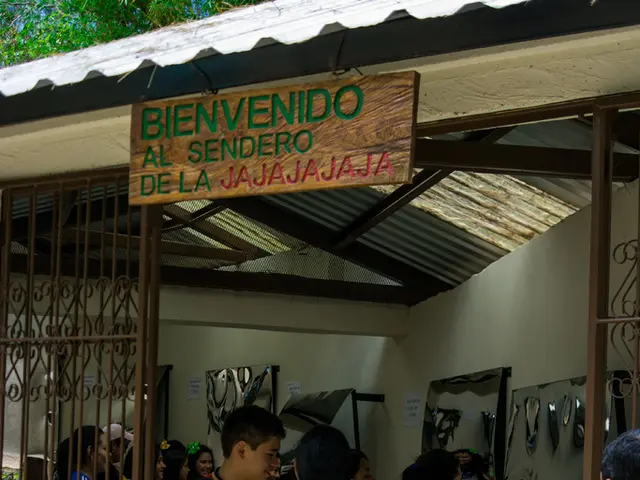United States tariff increase poses challenge for India
The proposed 50% tariffs on goods imported from India could have a significant and detrimental impact on several labor-intensive industries, such as textiles and gems & jewellery. These tariffs threaten to undermine the competitiveness of these sectors, shrink export volumes, and increase costs for consumers.
The reduced competitiveness of these industries, primarily produced by small and medium enterprises (SMEs), poses a significant disadvantage compared to countries like Vietnam and Bangladesh, where tariffs are lower or absent. This disadvantage is particularly evident in price-sensitive, low-margin markets.
The potential decline in India's total exports to the US, worth around $48–87 billion, could see substantial drops in affected sectors. Engineering exports alone might fall by $4–5 billion. This reduction could lead to a potential 0.2–0.5% decline in India’s GDP growth projections, which could contract from an expected 6.5% to as low as 6%.
The imposed tariffs would lead to higher US import prices on Indian goods such as textiles and apparel. Consumer prices are expected to rise by about 37–39% in the short term and remain elevated by roughly 18–19% in the long run, directly affecting demand elasticity of these products.
Sectors like gems & jewellery and textiles have faced significant market pressure following the announcement. Additionally, exchange rate volatility and inflation can further increase production costs for exporters reliant on imported inputs.
The tariff increase has strained US-India relations and strengthened alternative global alliances like BRICS, potentially affecting future trade negotiations and cooperation.
In the gems & jewellery industry, exporters are rushing to fulfill orders before the deadline, while some, like Vijay Kumar Agarwal of Creative Group, have expressed concern for the future of their employees, with estimates suggesting up to 150,000 to 200,000 workers could be impacted. Ajesh Mehta from D. Navinchandra Exports stated that everything is at a standstill, and new orders have been put on hold.
Seafood exporters, on the other hand, are hoping for new customers due to US buyers holding shipments, and are looking to diversify their markets, such as China, Japan, and Russia.
Moody's has warned that the wider tariff gap could reverse some of the gains made in attracting investments in India. Gokaldas Exports may boost production in Ethiopia and Kenya, which have a 10% tariff.
Alex Ninan, a partner at the Baby Marine Group, warns that creating a market all of a sudden is far from simple. The 50% levy threatens to upend low-margin, labor-intensive industries such as gems and jewellery, textiles, and seafood.
In 2024, India exported goods worth about $87 billion to the United States. The tariff impact is already being felt in India, and talks to resolve the matter hinge on geopolitics. Trump has proposed to double import tariffs from 25% to 50% on goods from India if India continues to buy Russian oil.
Businesses in India are reporting a decrease in fresh orders from US buyers, threatening future business and the livelihoods of hundreds of thousands. The situation is particularly delicate for India, with longstanding ties with Moscow, as Trump is scheduled to meet Vladimir Putin on Friday.
In conclusion, the 50% tariff dramatically raises export costs, disrupts supply chains, erodes market share for low-margin Indian labor-intensive products, and pressures SME-driven industries to either find alternate markets or face declining growth and profits. This tariff structure favors manufacturing competitors with lower or no tariffs, undermining India's export-driven sectors such as textiles and gems & jewellery.
[1] Global Trade Research Initiative [2] Moody's [3] World Bank [4] Economic Times
- The proposed tariffs could have a significant impact on the competitiveness of labor-intensive industries in India, such as textiles and gems & jewellery, due to increased costs for consumers and potential decreases in export volumes.
- Sectors like gems & jewellery and textiles are facing significant market pressure following the tariff announcement, with potential employment losses estimated to be between 150,000 to 200,000 workers in the gems & jewellery industry.
- The tariff increase has strained US-India relations and may lead to a potential decline in India’s GDP growth projections, which could contract from an expected 6.5% to as low as 6%.
- A potential solution for exporters facing tariff disadvantages may be to boost production in lower-tariff regions or countries, such as Gokaldas Exports' plans to increase production in Ethiopia and Kenya, which have a 10% tariff.




